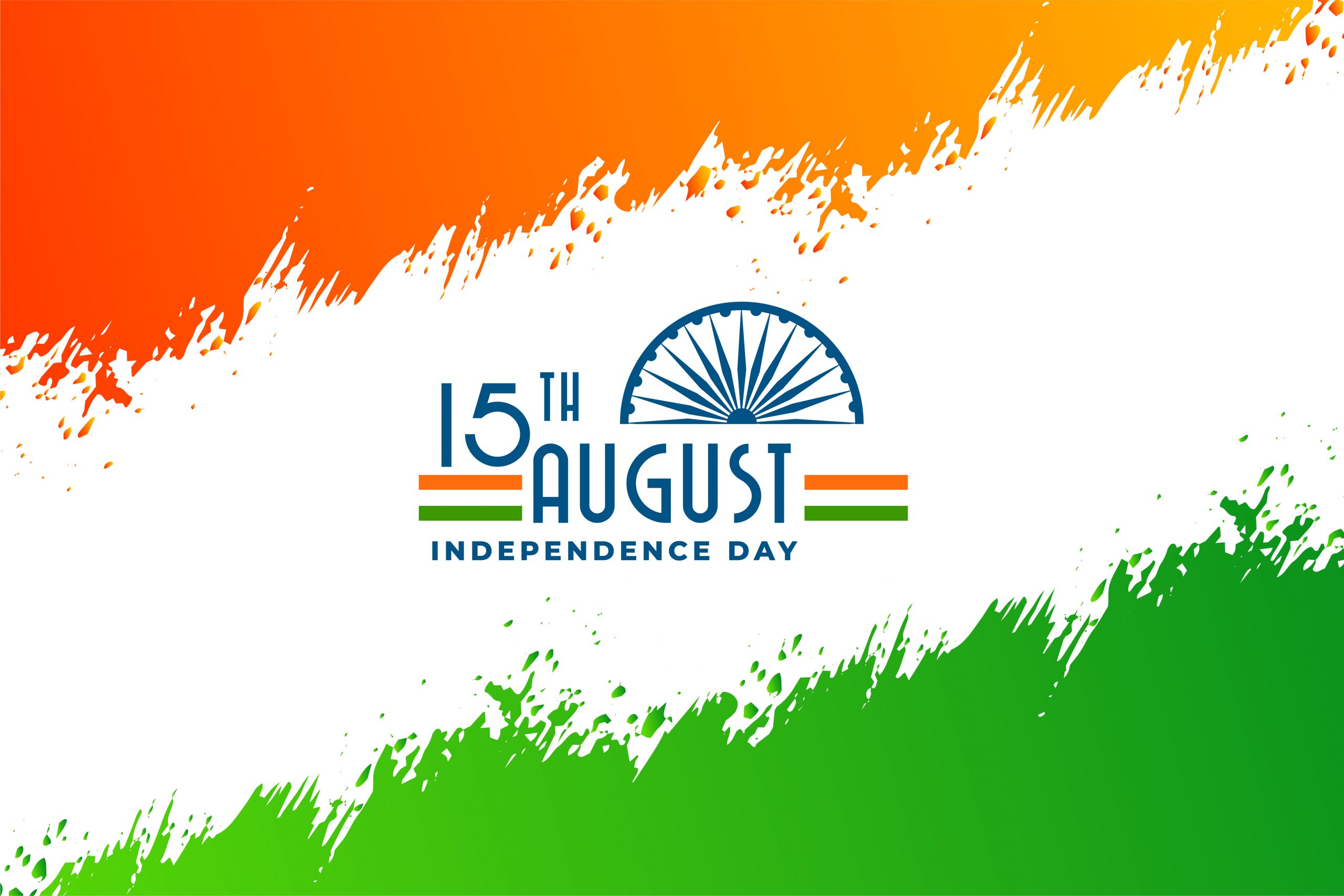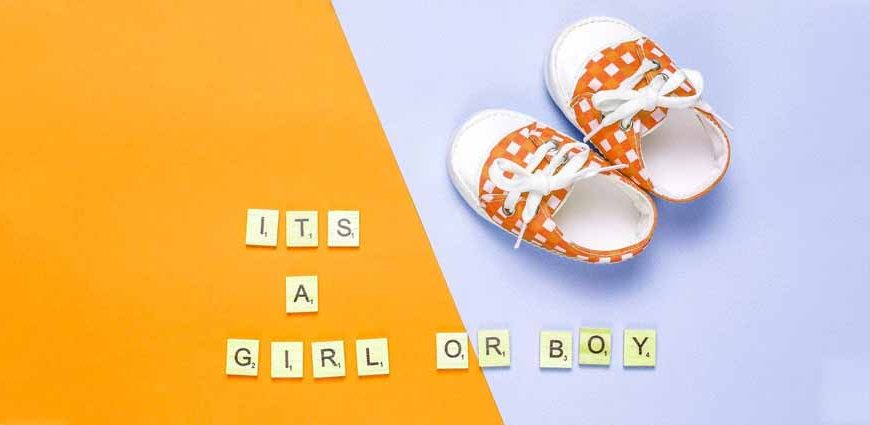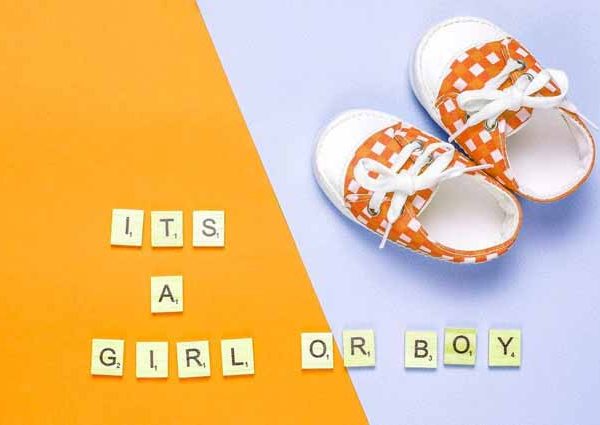Hey parents! Are you looking to break down the saga of Indian independence for your kids? Get ready to dive into the fascinating world of Indian Independence Day facts. In this blog, we will explore Indian Independence Day, its history, and some interesting Independence Day facts for kids! As we humans love to do, let’s embark on a journey full of perplexity and burstiness.
Year of Independence: 1947
The end of British rule in India is commemorated on Indian Independence Day. The magical year of independence, 1947, is when India was granted freedom from over 200 years of colonial rule. On August 15, 1947, India celebrated its first independence day, a significant day for everyone in the country.
The Midnight Hour
Are you aware that Indian Independence Day didn’t start at midnight? Jawaharlal Nehru, who was India’s first prime minister, made the official declaration of India’s independence at the exact moment of midnight on August 15, 1947. The “Tryst with Destiny” address he gave in New Delhi at the Parliament House is regarded as a momentous one.
Two Countries Born
Did you know that on the same day as India’s Independence Day, Pakistan also attained its independence? One of the most perplexing truths for kids is this one. The Indian subcontinent was divided into two nations, India and Pakistan. Just one day before India, Pakistan observes its independence day on August 14.
National Flag: A Colorful Symbol of Unity
The national flag of India is a magnificent emblem of unity and independence. The Indian flag, called the “Tiranga” or “Tricolor,” has three horizontal stripes: saffron, white, and green. The saffron colour represents courage and sacrifice, the white stands for peace and truth, and the green symbolizes faith and fertility. In the centre, there’s a navy blue wheel with 24 spokes called the “Ashoka Chakra,” which represents the eternal wheel of law.
The National Anthem: “Jana Gana Mana”
The legendary Indian poet Rabindranath Tagore wrote India’s national anthem, “Jana Gana Mana,” in 1911. It was officially adopted as the national anthem on January 24, 1950. The anthem is sung in schools, colleges, and various events throughout India, especially on Indian Independence Day.
Kite Flying: A Sky Full of Colors
One of the most exciting facts about Independence Day for kids is the tradition of kite flying. The skies are filled with colourful kites on Indian Independence Day, symbolizing the spirit of freedom. It’s a delightful pastime that both kids and adults may enjoy.
The Prime Minister’s Speech and Flag Hoisting
On Indian Independence Day, the Prime Minister of India delivers a speech from the ancient Red Fort walls in New Delhi. The address usually emphasizes the previous year’s accomplishments and describes the government’s future intentions. The Prime Minister raises the flag and sings the national anthem after the speech.
A Salute to Martyrs and Freedom Fighters
The day of Indian Independence honours the brave warriors and freedom fighters who gave their lives to preserve India’s independence. Many individuals pay their respects at memorials to great heroes. Mahatma Gandhi, Bhagat Singh, Subhas Chandra Bose, and Rani Lakshmibai are some well-known independence warriors.
Celebrations Across the Country
India celebrates Independence Day as a national holiday with enormous fervour. Schools, colleges, and government offices organize cultural programs, patriotic songs, and flag-hoisting ceremonies. Many people wear traditional flag-coloured clothing and decorate their homes with the national flag. Social media platforms are filled with messages, images, and videos celebrating Indian Independence Day.
The Swadeshi Movement: A Prelude to Independence
One of the lesser-known Indian Independence Day facts for kids is the Swadeshi Movement, which played a significant role in India’s struggle for freedom. The movement began in 1905, promoting self-reliance and the use of Indian-made goods. It encouraged people to boycott British goods, schools, and institutions, which eventually contributed to the weakening of British rule in India.
Quit India Movement: The Final Push
The Quit India Movement, or the “Bharat Chhodo Andolan,” was launched by Mahatma Gandhi in 1942. It was a nationwide civil disobedience movement aimed at forcing the British to leave India. The slogan “Do or Die” was coined during this movement and became a rallying cry for millions of Indians. The Quit India Movement played a crucial role in securing India’s independence in 1947.
The Non-Cooperation Movement
The Non-Cooperation Movement, founded by Mahatma Gandhi in 1920, is another fascinating facet of India’s quest for freedom. This movement aimed to protest British rule by refusing to cooperate with the British government. People boycotted British goods and institutions, leading to a significant impact on the British economy and administration.
Unity in Diversity: A Nation of Many Cultures
India is noted for its immense cultural, linguistic, religious, and traditional variety. Indian Independence Day is a day to commemorate the nation’s unique tapestry of variety as well as the unity that holds it together. The idea of unity in diversity is a core value of Indian society, which makes the celebration of Independence Day even more special.
The Indian Independence Act
On July 18, 1947, the British Parliament enacted the Indian Independence Act, which granted India and Pakistan independence from British authority. This act also provided for the partition of the Indian subcontinent into two new nations.
India’s First Stamp
Did you know that on November 21, 1947, only a few months after obtaining independence, India issued its first postage stamp? The stamp depicted the Indian flag as well as the inscription “Jai Hind” (Long Live India), and the date of independence, which was August 15, 1947.
So, there you have it! A bursty, perplexing exploration of Indian independence day facts for kids. We hope you enjoyed learning about India’s journey to freedom and the many fascinating details that make Indian Independence Day so special. Now, you can impress your friends and family with your knowledge of Indian Independence Day facts and our country’s rich history!
At EuroKids, we know the importance of children learning about the rich culture and history of our country. If you are interested in learning about such interesting facts, head over to our blog section now! While at it, you may also browse through our carefully curated curriculum for kids.











